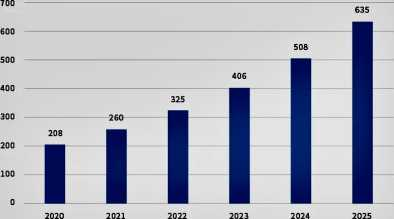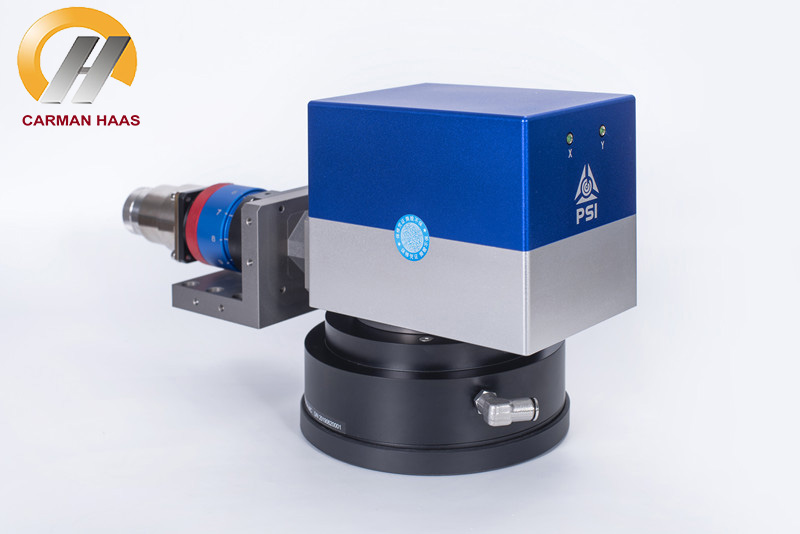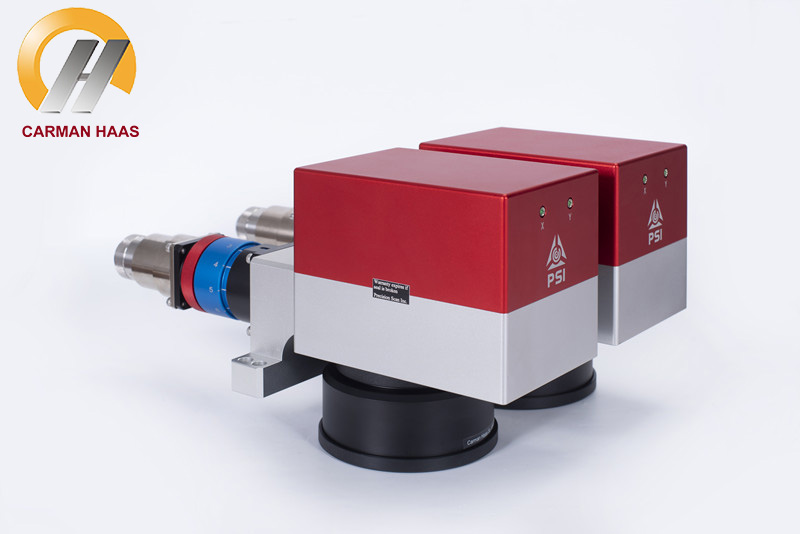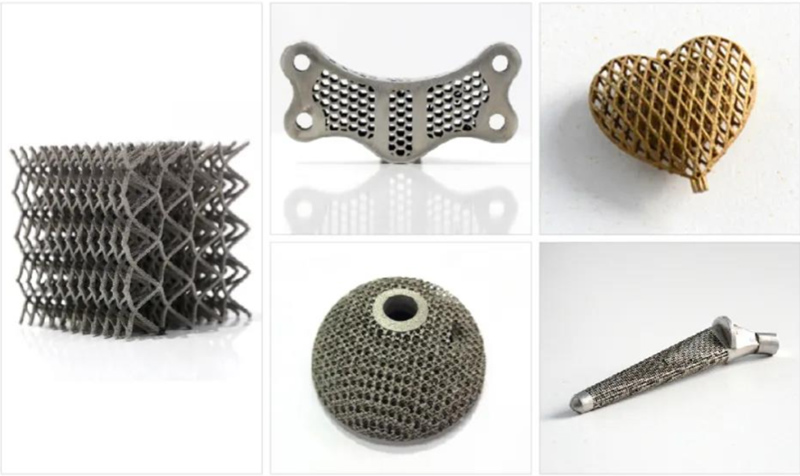3D Printer
3D printing is also called Additive Manufacturing Technology. It is a technology that uses powdered metal or plastic and other bondable materials to construct objects based on digital model files by printing layer by layer. It has become an important means to accelerate the transformation and development of the manufacturing industry and to improve quality and efficiency, and is one of the important signs of a new round of industrial revolution.
At present, the 3D printing industry has entered a period of rapid development of industrial applications, and will bring a transformative impact on traditional manufacturing through deep integration with a new generation of information technology and advanced manufacturing technology.
Rise of the Market has broad prospects
According to the "Global and China 3D Printing Industry Data in 2019" released by CCID Consulting in March 2020, the global 3D printing industry reached US$11.956 billion in 2019, with a growth rate of 29.9% and a year-on-year increase of 4.5%. Among them, the scale of China's 3D printing industry was 15.75 billion yuan, an increase of 31. l% from 2018。In recent years, China has attached great importance to the development of the 3D printing market, and the country has continuously introduced policies to support the industry. The market scale of China's 3D printing industry has continued to expand.

2020-2025 China's 3D Printing Industry Market Scale Forecast Map (unit: 100 million yuan)
CARMANHAAS products upgrading for 3D industry developing
Compared with the low precision of traditional 3D printing (no light is needed), laser 3D printing is better in shaping effect and precision control. The materials used in laser 3D printing are mainly divided into metals and non-metals。Metal 3D printing is known as the vane of the development of the 3D printing industry. The development of the 3D printing industry largely depends on the development of the metal printing process, and the metal printing process has many advantages that the traditional processing technology (such as CNC) does not have.
In recent years, CARMANHAAS Laser has also actively explored the application field of metal 3D printing. With years of technical accumulation in the optical field and excellent product quality, it has established stable cooperative relations with many 3D printing equipment manufacturers. The single-mode 200-500W 3D printing laser optical system solution launched by the 3D printing industry has also been unanimously recognized by the market and end users. It is currently mainly used in auto parts, aerospace (engine), military products, medical equipment, dentistry, etc.
Single head 3D printing laser optical system
Specification:
(1) Laser: Single mode 500W
(2) QBH Module: F100/F125
(3) Galvo Head: 20mm CA
(4) Scan Lens: FL420/FL650mm
Application:
Aerospace/Mould

Specification:
(1) Laser: Single mode 200-300W
(2) QBH Module: FL75/FL100
(3) Galvo Head: 14mm CA
(4) Scan Lens: FL254mm
Application:
Dentistry

Unique advantages, the future can be expected
Laser metal 3D printing technology mainly includes SLM (laser selective melting technology) and LENS (laser engineering net shaping technology), among which SLM technology is the mainstream technology currently used. This technology uses laser to melt each layer of powder and produce adhesion between different layers. In conclusion, this process loops layer by layer until the entire object is formed. SLM technology overcomes the troubles in the process of manufacturing complex-shaped metal parts with traditional technology. It can directly form almost completely dense metal parts with good mechanical properties, and the precision and mechanical properties of the formed parts are excellent.
Advantages of metal 3D printing:
1. One-time molding: Any complicated structure can be printed and formed at one time without welding;
2. There are many materials to choose from: titanium alloy, cobalt-chromium alloy, stainless steel, gold, silver and other materials are available;
3. Optimize product design. It is possible to manufacture metal structural parts that cannot be manufactured by traditional methods, such as replacing the original solid body with a complex and reasonable structure, so that the weight of the finished product is lower, but the mechanical properties are better;
4. Efficient, time-saving and low cost. No machining and molds are required, and parts of any shape are directly generated from computer graphics data, which greatly shortens the product development cycle, improves productivity and reduces production costs.
Application Samples

Post time: Feb-24-2022
